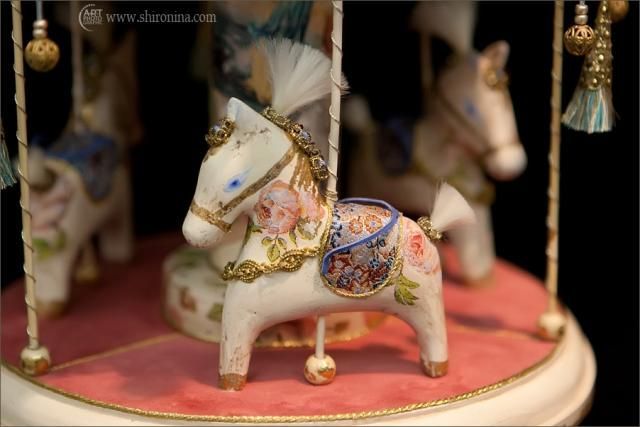|
|
International Doll Salon, Moscow, Russia
|
Lifelike or anatomically correct dolls are used by health professionals, medical schools and social workers to train doctors and nurses in various health procedures or investigate cases of sexual abuse of children. Artists sometimes use jointed wooden mannequins in drawing the human figure.
In Western society, a gender difference in the selection of toys has been observed and studied. Action figures that represent traditional masculine traits are popular with boys, who are more likely to choose toys that have some link to tools, transportation, garages, machines and military equipment. Dolls for girls tend to represent feminine traits and come with such accessories as clothing, kitchen appliances, utensils, furniture and jewelry.
Pediophobia is a fear of dolls or similar objects. Psychologist Ernst Jentsch theorized that uncanny feelings arise when there is an intellectual uncertainty about whether an object is alive or not. Sigmund Freud further developed on these theories. Japanese roboticist Masahiro Mori expanded on these theories to develop the uncanny valley hypothesis. If an object is obviously enough non-human, its human characteristics will stand out, and be endearing. However, if that object reaches a certain threshold of human-like appearance, its non-human characteristics will stand out, and be disturbing.
|
|









